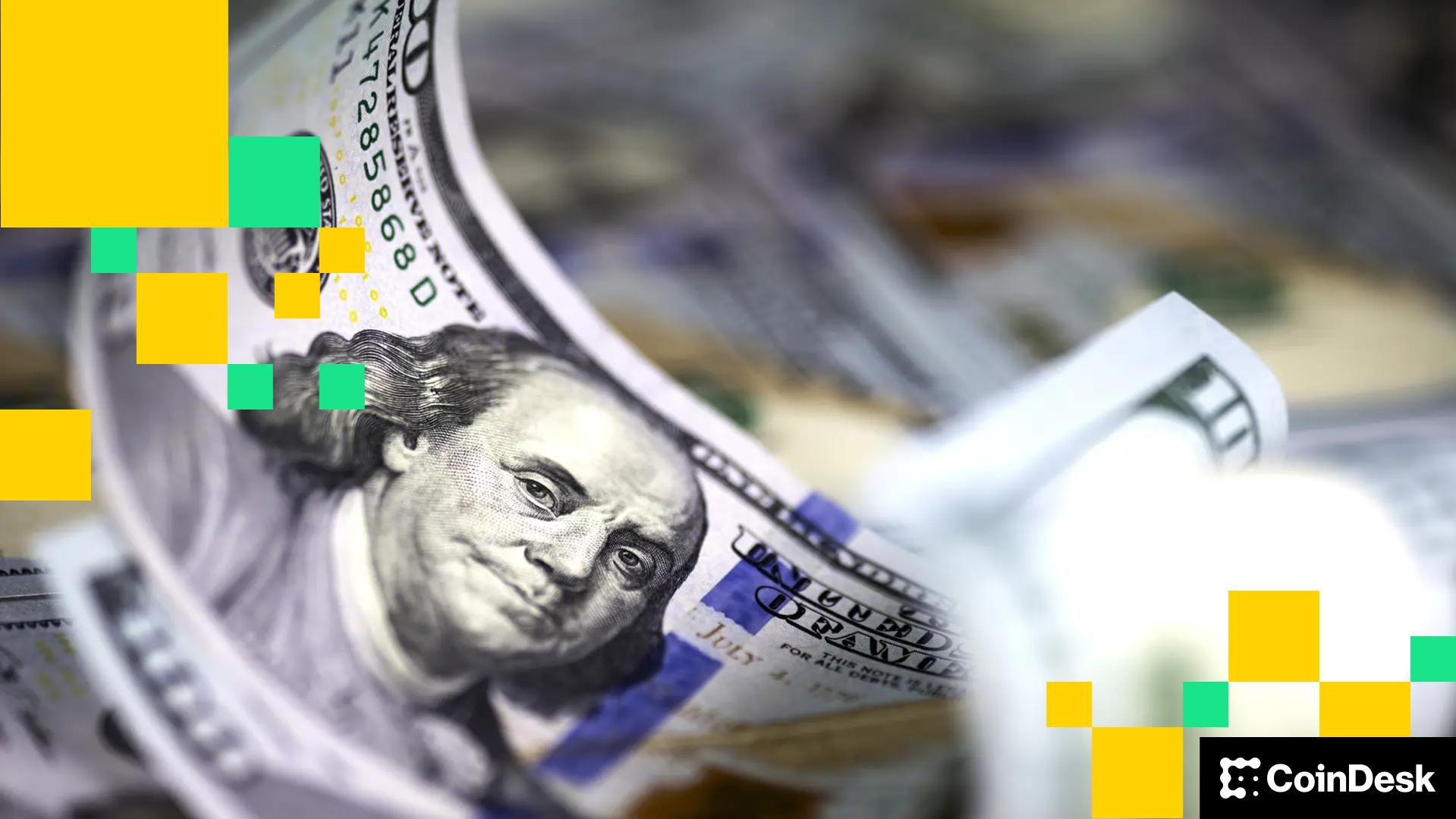
As global markets continue to absorb the prospect of new U.S. trade barriers, central bank officials in Europe and Asia warn that the volatility they create in bond markets could expose another hidden risk.
Similar to the Lehman Brothers debacle in 2008, which triggered a $600 billion run on money market funds, forced the sale of commercial paper and froze global credit markets, some central bank officials believe a run on stablecoins could trigger a much larger flash sale of U.S. Treasuries.
While only time will tell whether such a large-scale contagion will happen again, some recent events have shown a glimpse of what it could look like.
For example, Donald Trump’s tariff threats are not directed at cryptocurrencies; However, the shock waves they cause may be inadvertently affecting the digital dollar economy much more than anyone expected. The US president’s threat on October 10 to hit China with new 100% tariffs wiped nearly $20 billion from the cryptocurrency market in less than a day.
Another relevant stress event was the disconnection of USDC in March 2023 following the bankruptcy of Silicon Valley Bank, when uncertainty over access to reserves drove the token to as low as $0.88. That incident remains an example of how real-world financial crises can trigger sudden redemptions in even the largest fiat-backed stablecoins.
Treasury bond fire sale?
With most stablecoins being the latest trend in crypto and many major ones pegged to the dollar, some warn that the risk of another global contagion could be real.
Dutch National Bank (DNB) Governor Olaf Sleijpen, one of the 26 decision-making members of the European Central Bank, told the Financial Times that a run on dollar-pegged tokens could trigger fire sales of US Treasuries and force central banks to completely rethink their monetary policies.
If tariffs raise yields and reduce liquidity, which is the classic response to trade shocks, T-bills become less stable precisely when they are needed most. “If stablecoins are not as stable,” Sleijpen warned, “you could end up in a situation where the underlying assets have to be sold quickly.”
Stephen Miran, governor of the US Federal Reserve, appeared to preemptively refute that claim, saying stablecoins are an “innovation.” [that] “Some have unfairly treated it as a pariah, but stablecoins are now an established and rapidly growing part of the financial landscape.”
A recent report from DNB highlights that while “the stablecoin market is on a dizzying trajectory” that “could reach $2 trillion in three years under the US GENIUS Act,” a “huge risk lurks beneath its shiny veneer” due to its “explosive growth and concentration, with Tether and Circle controlling 80%.”
“The rapid expansion comes with conditions,” the report adds, noting the “risk of massive redemptions, such as after the collapse of the Bank of Silicon Valley, which could trigger sell-offs in US Treasuries, stress cryptocurrency exchanges and hit European financial institutions.”
Miran rejected the idea, saying that, “because GENIUS Act payment stablecoins offer no yield and are not backed by federal deposit insurance, I see little chance of funds fleeing widely from the national banking system.”
Other financial institutions have expressed similar concerns. The Bank for International Settlements (BIS) and the Reserve Bank of Australia (RBA) agreed that global economic stress increases the use of stablecoins abroad, while eroding the value and liquidity of the assets that back them.
In a June 2025 report, the BIS said: “A loss of confidence in stablecoins could lead to large and sudden redemptions, which could disrupt the world’s most important government bond market.”
Trump’s tariff threats increase that tension. In a globalized economy where cross-border trade becomes more volatile, it is also an economy where dollar-pegged tokens become more attractive, as well as more fragile, creating pressure that could push the $310 billion stablecoin sector to global systemic relevance faster than regulators are ready, the RBA and BIS agreed.
The RBA notes in an October report that stablecoin volume grew by more than 50% in the 12 months to June 2025 and warns of the risks posed by this growth. He adds that “industry growth projections range from $500 billion by 2028 to $4 trillion by 2035.”
The BIS said several industry forecasts put the market between $2 trillion and $3 trillion by 2030, a scale at which “even a moderate repayment shock could rival the episodes of Treasury market stress seen in March 2020.”
The Australian central bank agrees with Sleijpen, saying that “a sudden drop in sentiment towards stablecoins could trigger asset fire sales with the potential to spread to US repos and other core funding markets.”
Safer than banking
If such a scenario plays out and a fire sale is triggered, the GENIUS Act ensures that the US government will have to bail out stablecoin issuers and their holders on a scale of hundreds of billions of dollars.
However, in the opinion of Coinbase’s chief policy officer, Faryar Shirzad, “fully backed by reserves makes stablecoins safer than banking” and their “wider adoption actually reinforces stability.”
He further explained: “Banks make long-term, often risky loans to individuals and private corporations, exposing them to both credit and liquidity risks. In contrast, stablecoin issuers typically hold short-term government bonds, which are virtually risk-free and highly liquid.”



